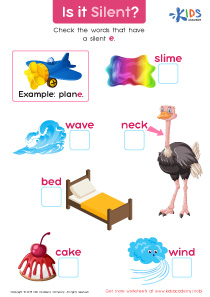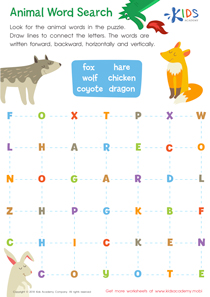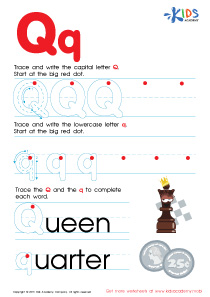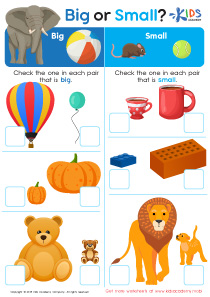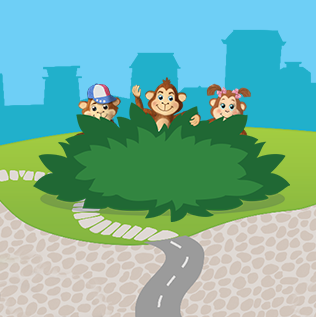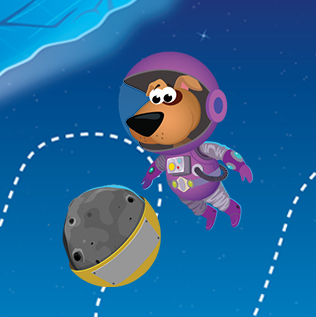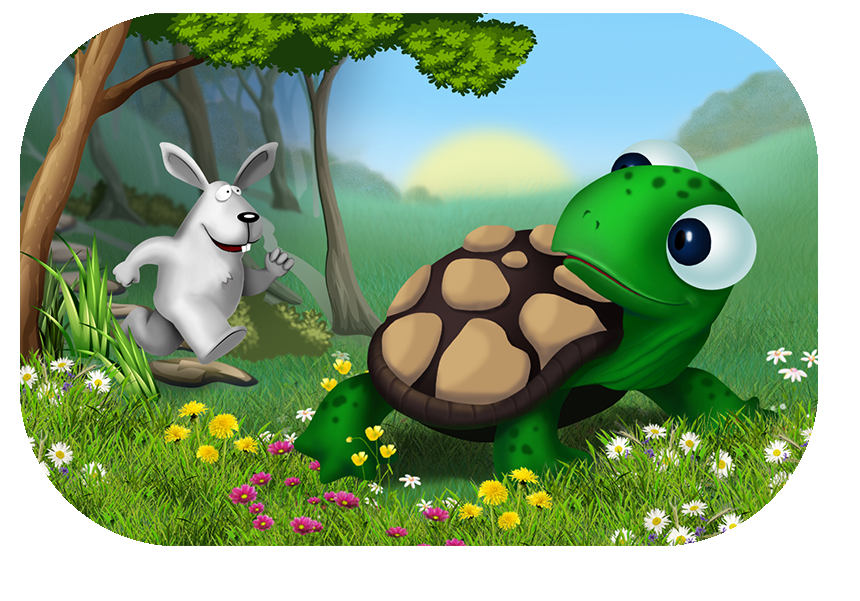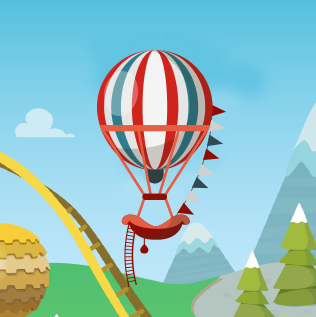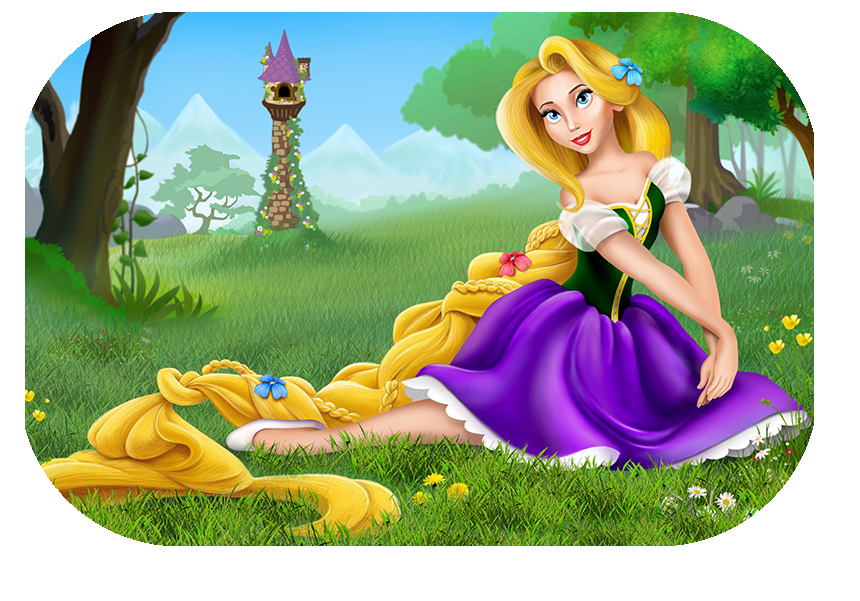English Language Arts Lessons | Interacting with Different Kinds of Texts Part 1 (Picture Books and Poems) for Ages 3-4
2 results
Dive into the enchanting world of "Interacting with Different Kinds of Texts Part 1 (Picture Books and Poems) for Ages 3-4," tailored specifically for your little learners! This series offers a vibrant collection of interactive worksheets, captivating educational videos, and engaging assessment quizzes designed to spark the imagination and foster a love for reading. Children will explore the magic within picture books and the rhythmic beauty of poems, enhancing their listening, comprehension, and early literacy skills. Join us on this delightful journey, where words come to life, and every page turn is an adventure waiting to unfold.
Empowering Early Learners: The Impact of Interacting with Different Kinds of Texts Part 1 (Picture Books and Poems) for Ages 3-4
In the formative years of a child's development, the foundation of learning is laid, shaping their understanding and engagement with the world around them. One of the most effective tools in this developmental journey is exposure to a variety of texts. The program "Interacting with Different Kinds of Texts Part 1 (Picture Books and Poems) for Ages 3-4" stands out as an exceptional resource designed to nurture young minds and enhance their learning capabilities.
This program is meticulously crafted to introduce children within the age group of 3 to 4 years to the enchanting world of literature through picture books and poems. With a balanced mix of interactive worksheets, educational videos, and assessment quizzes, it ensures a holistic learning experience that is both engaging and educative. Here’s how this program is instrumental in aiding kids in their studies and overall development:
1. Enhancing Language Skills: At the core of the program is the goal to enhance language skills. Picture books, with their vivid illustrations and simple text, help children associate words with images, thus building their vocabulary. Poems, on the other hand, introduce them to the rhythm, rhyme, and structure of language. These carefully chosen texts stimulate phonemic awareness and help in the development of reading and speaking skills.
2. Fostering Imagination and Creativity: The imaginative landscapes painted in picture books and the lyrical beauty of poems open up new worlds to young minds. This not only entertains but also stimulates creativity, encouraging children to imagine and explore beyond the confines of their immediate environment. Such stimulation is crucial for cognitive development and creative thinking.
3. Encouraging Emotional and Social Development: Through the narratives explored in picture books and the emotional expression found in poems, children learn to empathize with characters and understand a range of emotions. This understanding plays a pivotal role in nurturing emotional intelligence and social skills, essential components of personal development and interaction.
4. Promoting Cognitive Development: The program's interactive worksheets and educational videos are designed to challenge young minds and promote problem-solving skills. By engaging with the content, children learn to think critically and develop an understanding of cause and effect. This cognitive engagement lays the groundwork for academic success and lifelong learning.
